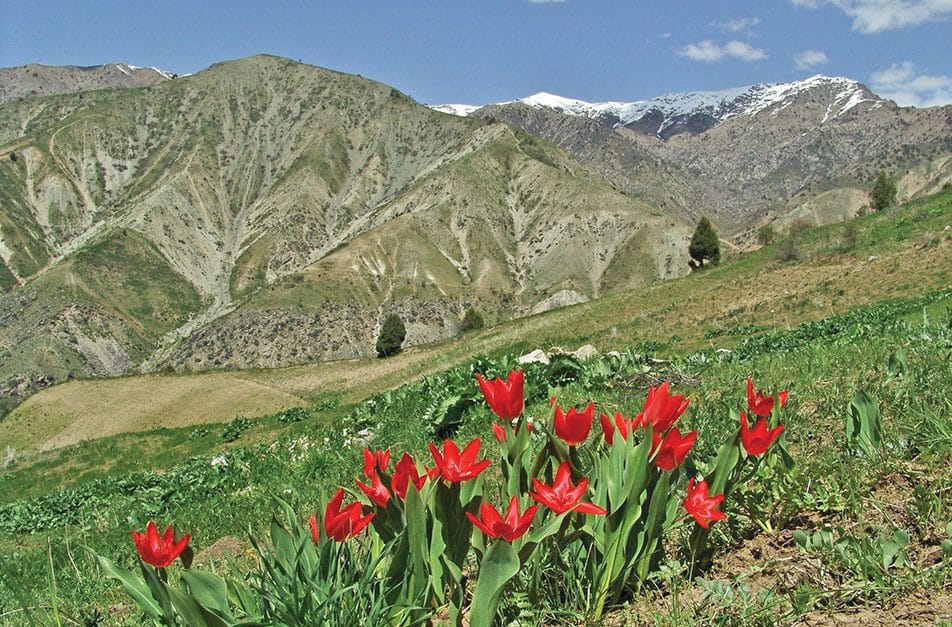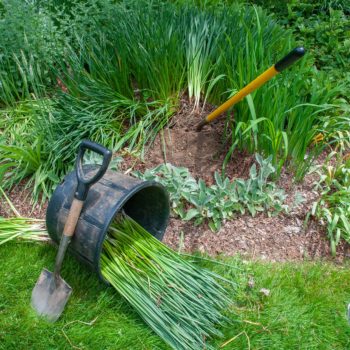
Most people associate tulips with Holland, but they didn’t actually originate there. Some species are indigenous to Turkey, where gardeners and admirers have cultivated and venerated them for centuries, weaving them into the fabric of their culture through art, textiles, and even festivals. But the true birthplace of most tulips lies farther east. The majority hail from the forbidding mountainous regions of Central Asia—areas that are remote, rugged, and marked by extreme weather.
In these tough conditions, wild tulips have adapted beautifully. You can still find them growing in the wild today, often popping up between rocks or on windswept hillsides. These early species may look small and delicate next to today’s big, bold hybrids, but you have to admire their beauty and tenacity. Their ability to thrive in such harsh environments is a testament to their strength—and part of what makes them so fascinating to study and grow.
You can find a sampling of wild tulips and near-relatives on our wild tulips page. For an interactive map and photos of 40 tulips in their native habitats, visit tulipsinthewild.com.


